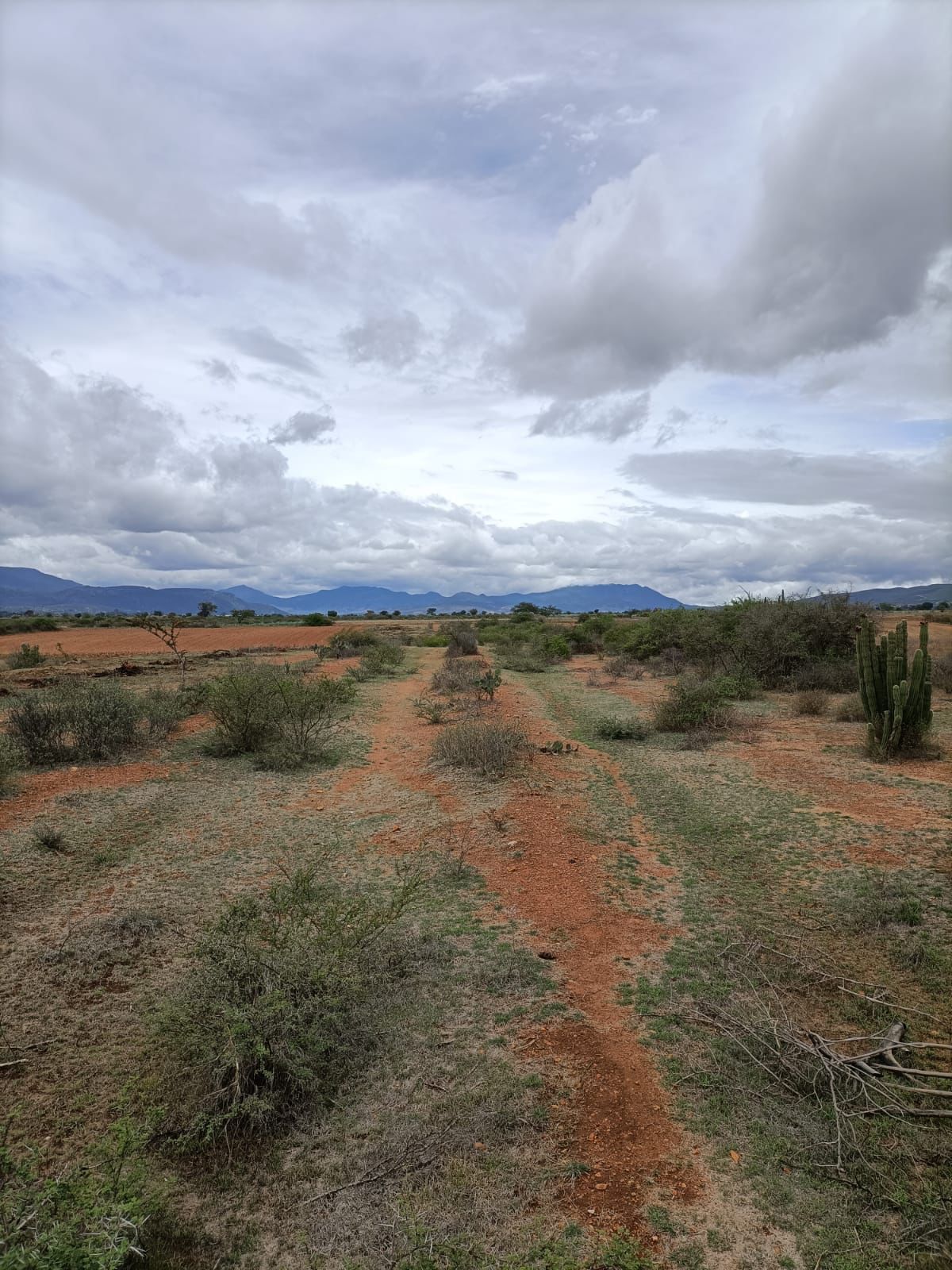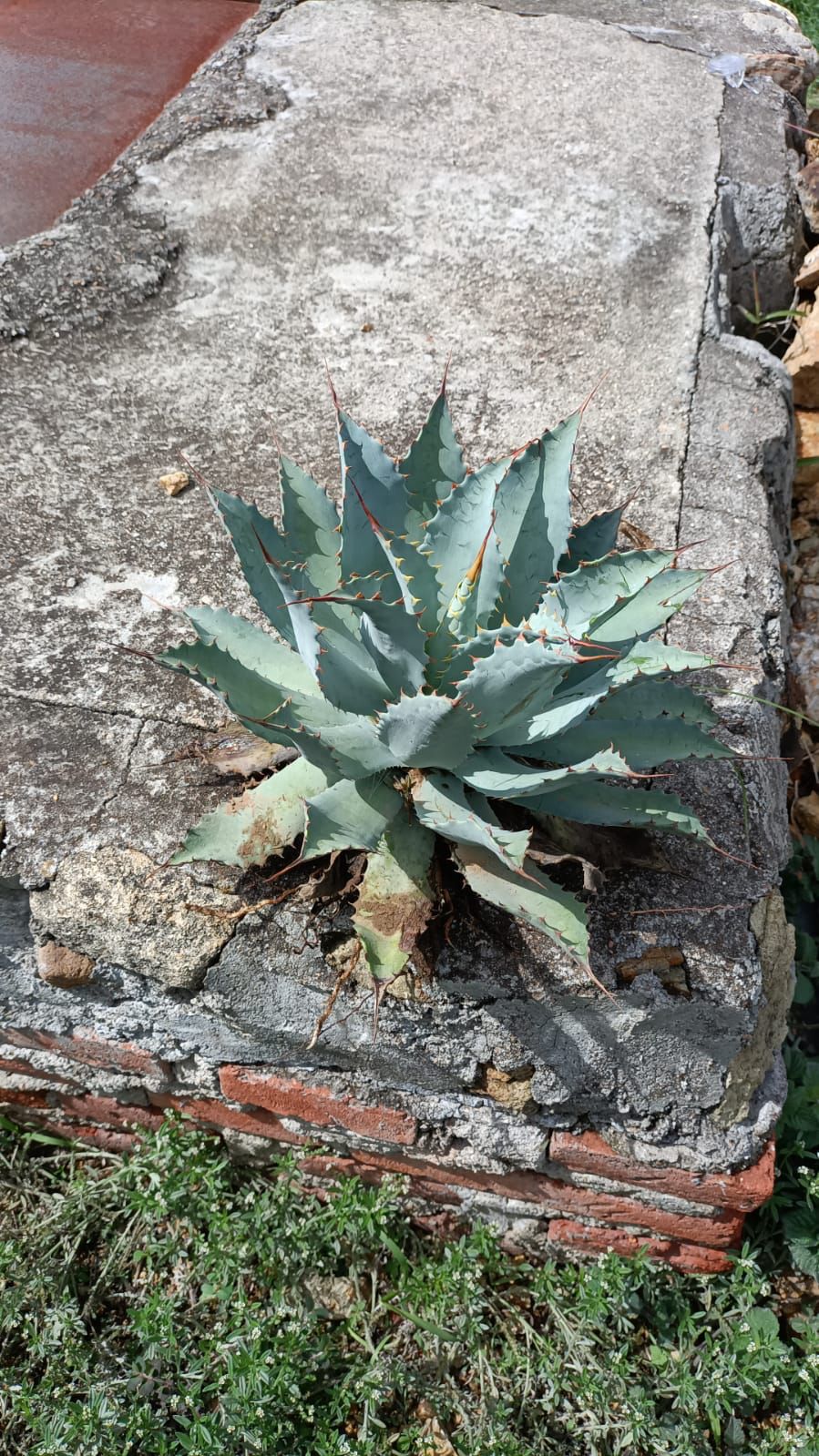Reforestation Project #01 [Batch 03]
The current crops (3000 plants) are located in San Juan Guelavía, Oaxaca, and are composed entirely of Tobalá (a. potatorum).
The soil composition
The composition of the terrain is rich in minerals (nitrogen, phosphorus, potassium, calcium, magnesium, sulfur, iron, manganese, zinc, copper, boron, chlorine, etc.). All these elements are reflected in the color of the land (red soil).
The plants
The plants are germinated from seeds of mother plants selected mainly for their size—the ones with the largest pineapples and leaves are considered to have the best genetics. The plants are registered with the Consejo Regulador del Mezcal after one year of planting.
The distance between one plant and another varies depending on the type of agave. In the case of Tobalá, a minimum of 80 cm and a maximum of 120 cm (2.6-4 ft) is left because its leaves don’t expand much on the sides.

